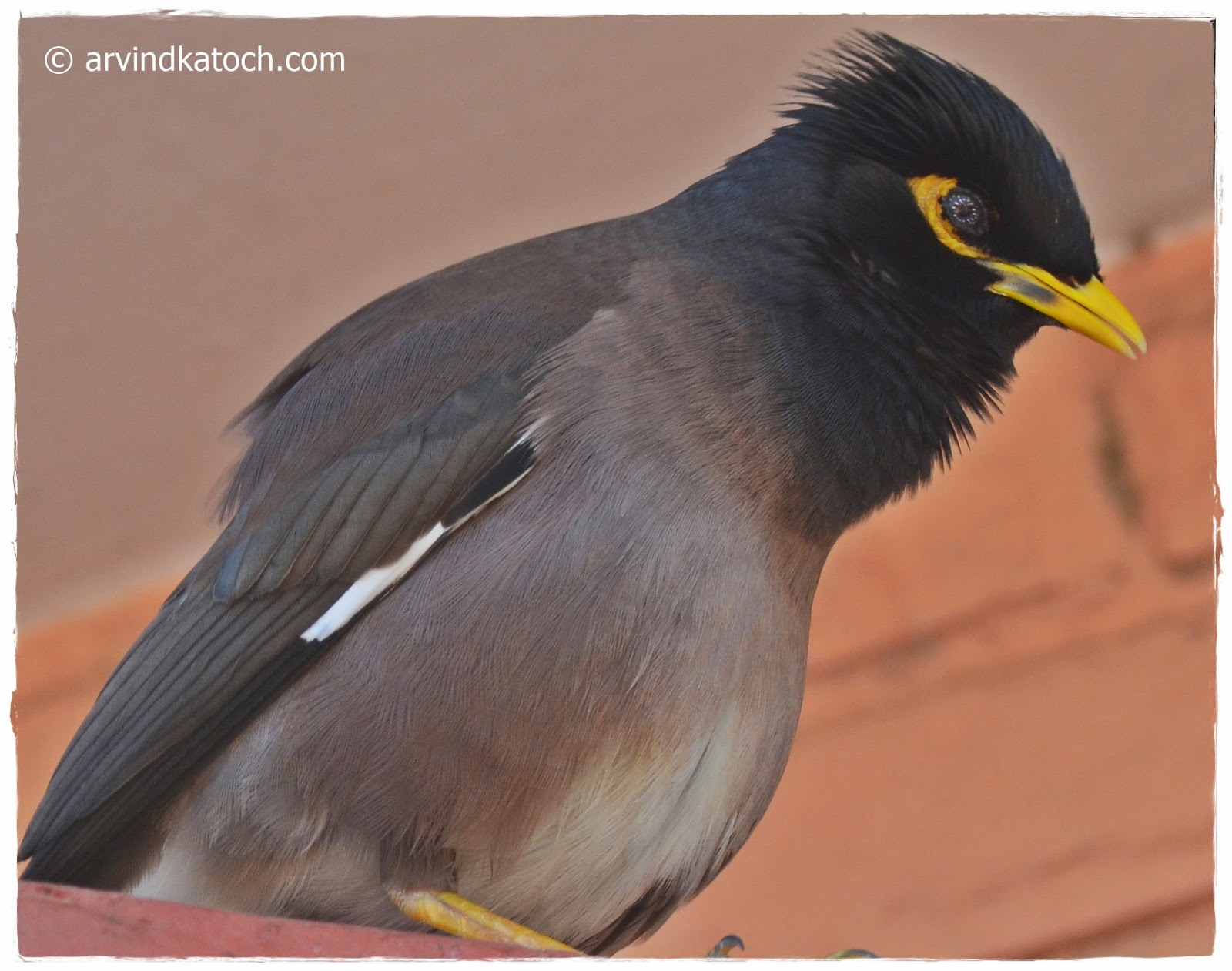Purple Sunbird Pictures and Detail (Cinnyris asiaticus) Male/Female both Pictures

Beautiful Purple Sunbird Purple Sunbird Female Purple Sunbird Pictures and Detail (Cinnyris asiaticus) The first Sunbird which I captured through my camera was Crimson Sunbird in the hills of Himachal Pradesh. Purple Sunbird is second Sunbird and this time, I have pictures of both male and female Purple Sunbird. Purple Sunbird Male Making Calls You can see in the picture, Male Purple Sunbird is Purple in color while female Purple Sunbird has olive and yellow color. Like the Crimson Sunbird, these Sunbird mainly feed on nectar and insects. Purple Sunbird on a Branch of Tree The biggest difficulty you get while taking pictures of Sunbird is their very small size and their constant moments. We mostly don't notice these birds because of their small size. The unique point of Purple Sunbird is their fast and direct flights and due to this, they can become out of sight anytime. Female Purple Sunbird The scientific name of Purple Sunbird




